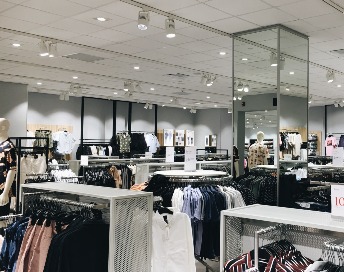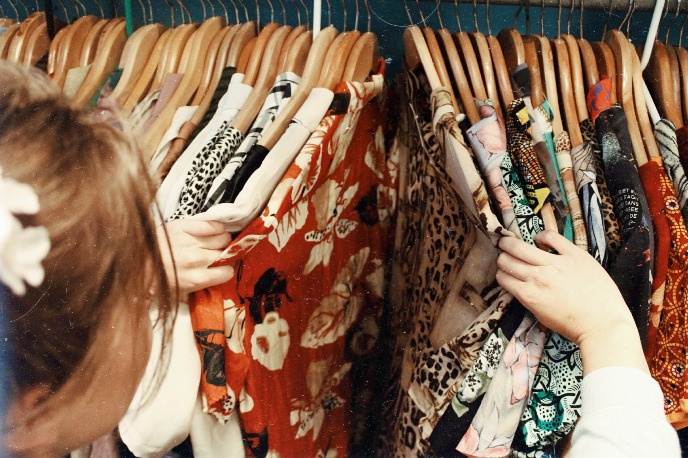From fast fashion to vintage: it’s possible! (Part 1)

In this first blog (out of two), Mattanja gives us some facts about the damaging impact of fast fashion and tells us how she slowly shifted to a more sustainable alternative: vintage clothing! Find out how much you can contribute to a greener planet by changing your shopping habits.
The truth about fast fashion can be painful. The production of a single cotton t-shirt costs 3000 liters of water and toxic chemicals are used in the process of dyeing textiles. Europeans are estimated to buy approximately 26 kilos of textiles a year. You might think: that many clothes would never fit into my closet, but the average European also throws out about 11 kilos of textiles annually. 87% of the textile that is thrown out, ends up in the incinerators or in landfills. With these depressing numbers, it is no wonder that the fast fashion industry is responsible for 10% of the annual carbon emissions.
Before you click away from these depressing notes, I promise you that this piece has a positive twist! Fast fashion companies need to make a change, but the responsibility for this problem is not entirely in their hands: you can make a change too.

A seemingly endless loop
When I was younger, I used to go shopping with my friends at least every season and visited the same fast-fashion stores. A few weeks later, I would start browsing different shopping websites again. I had this constant wish for new clothes, fed by fast-fashion chains that seem to release new collections every other week. Monthly newsletters would continually incentivize me to visit yet another shopping website. Needing new clothes became wanting new clothes. But these clothes never lasted very long; the astonishingly low price of fast fashion was in balance with its poor quality.
A conscious change
In the years that followed, I developed an interest in the trend of vintage clothing. Slowly but steadily, I exchanged more and more fast-fashion shops for vintage shops. I discovered online platforms to sell and buy second-hand clothing, and I set aside my germophobia and started thrifting locally. I started to realize that buying vintage and second-hand clothing was so much more rewarding than always returning to the same fast-fashion chain to buy items with questionable provenance.

Your contribution
By shopping second-hand, you contribute to the reduction of those piles and piles of textile that are purchased, thrown out, and burned each year. This saves a lot of CO 2 emissions which results in a reduction of your ecological footprint. Another great perk to this lifestyle is that you save a lot of money with it since the clothes that you buy last longer. And by buying second-hand and vintage clothes, you often end up with more unique items of better quality.
… After a while, I no longer felt the constant rush to buy clothes from fast-fashion stores. So if you’re thinking, this sounds good, but how do I start? In my next blog, I will elaborate on the tips and tricks of shopping second-hand! In the meantime, you can learn more about fast fashion through this YouTube playlist.
Hi! My name is Mattanja, I am a third-year Dutch student of the Art History Ba. I try to live as much of a waste-free, sustainable lifestyle as possible, and through my love of writing, I aim to share this lifestyle with others!

